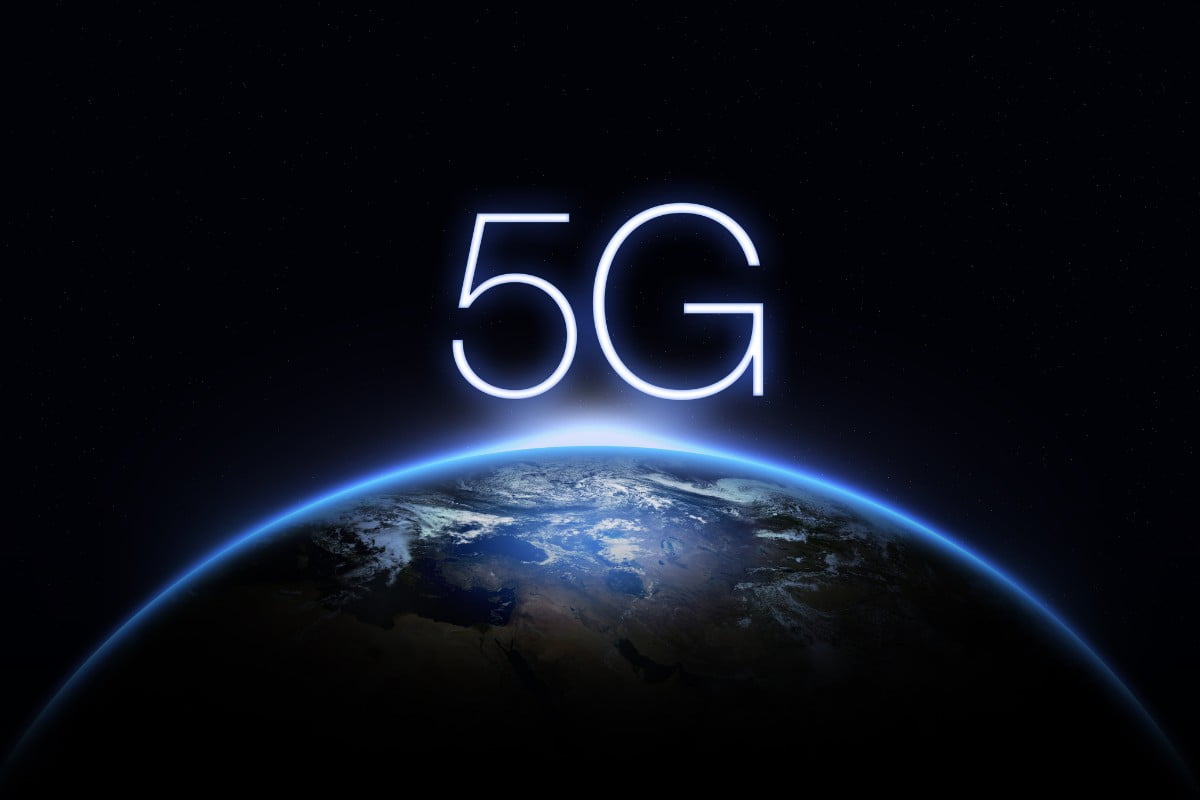5G in India and around the world will work on higher frequency airwaves/spectrum. The telecom operators will need to create a denser infrastructure if they want to be successful with 5G. Especially for millimetre wavelength (mmWave) bands which can be disturbed even with trees will require more cells to be distributed around localities for the 5G to work well. We are talking about cells on lamp-posts, traffic lights, public buildings, and more. This will require so many approvals from the state government, central government, local authorities, and more. It won’t be an easy task for the operators to achieve. Thus, initially, instead of going for the mmWave, the telecom operators might go with sub-6 GHz bands to introduce India to 5G. Even the sub-6 GHz bands will require an infrastructure boost to deliver a seamless 5G experience to the consumers in India. The telecom operators will have to invest more in installing more mobile towers. This will support the connectivity and deliver data at rapid speeds to consumers everywhere. The existing 4G towers can simply be upgraded to support 5G non-standalone architecture (NSA) and more towers can be installed in certain areas to show India the power of 5G.
5G Spectrum Pricing to Play Key Role in Development of India
Going forward, it is the digital vision of the government that is going to keep India in the competition to become one of the most powerful democracies in the world. 5G will play a vital role in that because it has business use cases that 4G simply can’t deliver. But this will be only possible if the telecom operators are able to get the 5G spectrum from the government at a viable price. The Department of Telecommunications (DoT) has asked the sector regulator to recommend new prices for the 5G bands and further asked which bands should be made available for the auctions. If everything happens in a timely manner, India will see 5G around the second half of 2022. Any delays in the auction will just increase the network rollout time in India.
